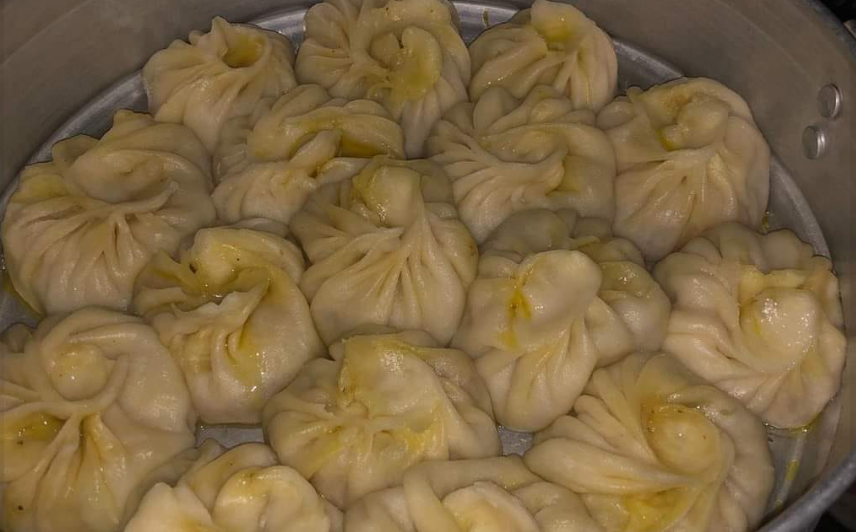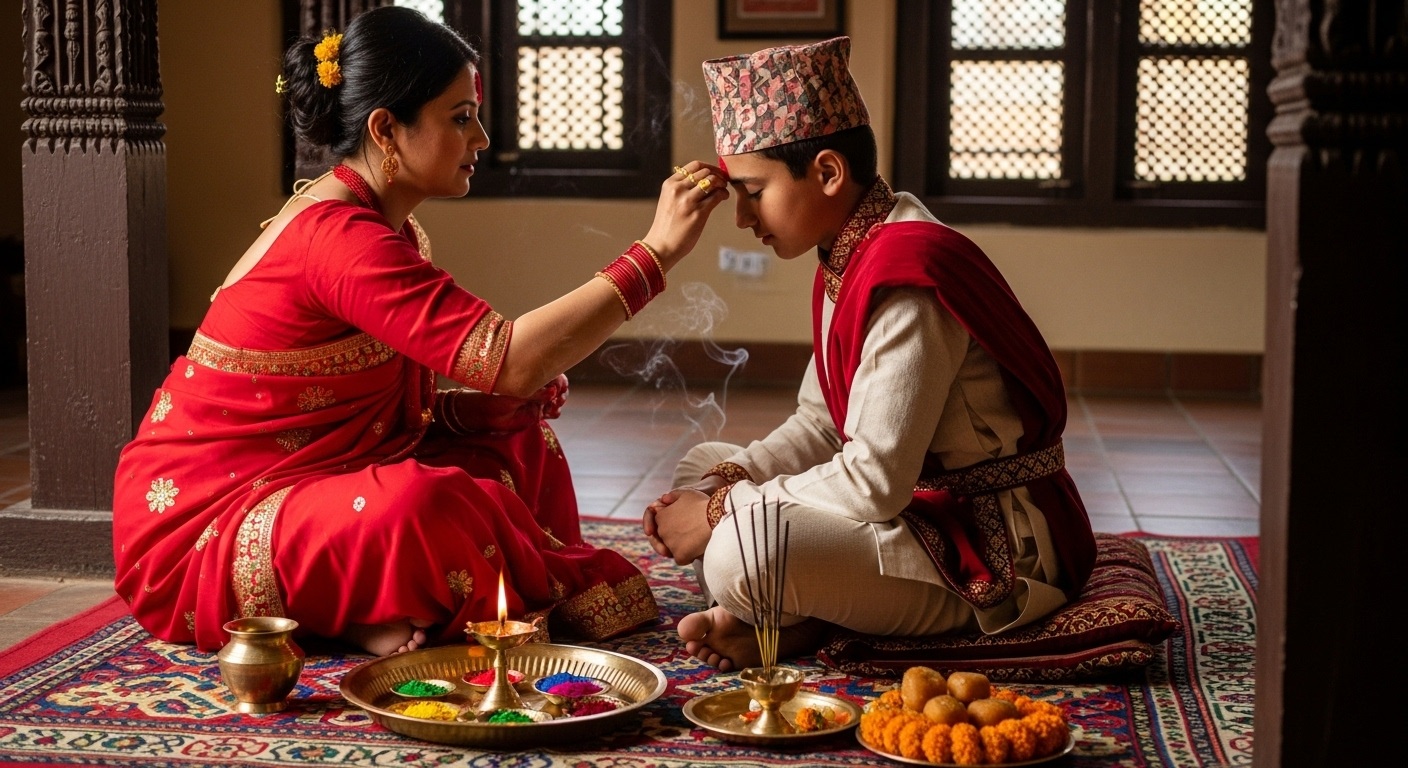
Momos, the beloved dumplings enjoyed across South Asia, have a rich and fascinating history. Though now commonly associated with Nepal, Tibet, Bhutan, and parts of India, the origins of momo trace back to ancient trade routes and cultural exchanges in Asia.
Origins in Tibet and Influence from China
The momo is thought to have originated in Tibet, with some influence from Chinese culinary traditions. In Chinese cuisine, dumplings (such as jiaozi and baozi) were well-established by the time they reached Tibet, likely through travelers and monks moving along the Silk Road. Tibetan monks and traders may have adapted these dumplings to fit local ingredients, creating what we now recognize as the momo.
Spread to Nepal and the Himalayan Region
Momos eventually traveled from Tibet into Nepal, where they became extremely popular and began to evolve to suit local tastes. Nepalese cooks experimented with different fillings like minced meat, vegetables, and spices, adapting the dumpling to local flavors. Momos became a staple in Nepalese cuisine and a cherished comfort food, enjoyed in every corner of the country.
Influence and Adaptation in India

In the mid-20th century, momos made their way into India, brought by Tibetan refugees who settled in various parts of the country, particularly in places like Dharamshala, Ladakh, Sikkim, and West Bengal. The dish quickly gained popularity in India, especially in the northern and northeastern regions. Over time, Indian vendors began to add their own spin on momos by including spices like garam masala and serving them with tangy, spicy sauces.
Momos continued to evolve as they spread across Indian cities, with variations like fried momos, tandoori momos, and cheese-filled momos gaining popularity. This adaptability helped momos become one of India’s most loved street foods.
Momos Today: A Global Street Food
Today, momos have transcended cultural boundaries and are enjoyed by people worldwide. They have become a symbol of cultural fusion and the adaptability of Asian cuisine, often served in creative variations that appeal to diverse palates. From simple steamed dumplings to fusion varieties like chilli momos and schezwan momos, the humble momo has truly become a global phenomenon.
The Cultural Significance of Momos
In Tibetan and Nepalese culture, momos are more than just food. They’re often prepared and enjoyed during celebrations, religious festivals, and family gatherings. Making momos is also a communal activity, with family members gathering to prepare, fold, and steam the dumplings together, making the process as cherished as the meal itself.
From humble beginnings in Tibet to becoming a street food staple in South Asia, momos embody a rich history of adaptation and cultural exchange. Each bite represents centuries of culinary evolution, reflecting the blending of diverse tastes, traditions, and communities across Asia. Today, the momo remains a fabulous to the shared love of food, culture, and tradition that connects people across borders.






